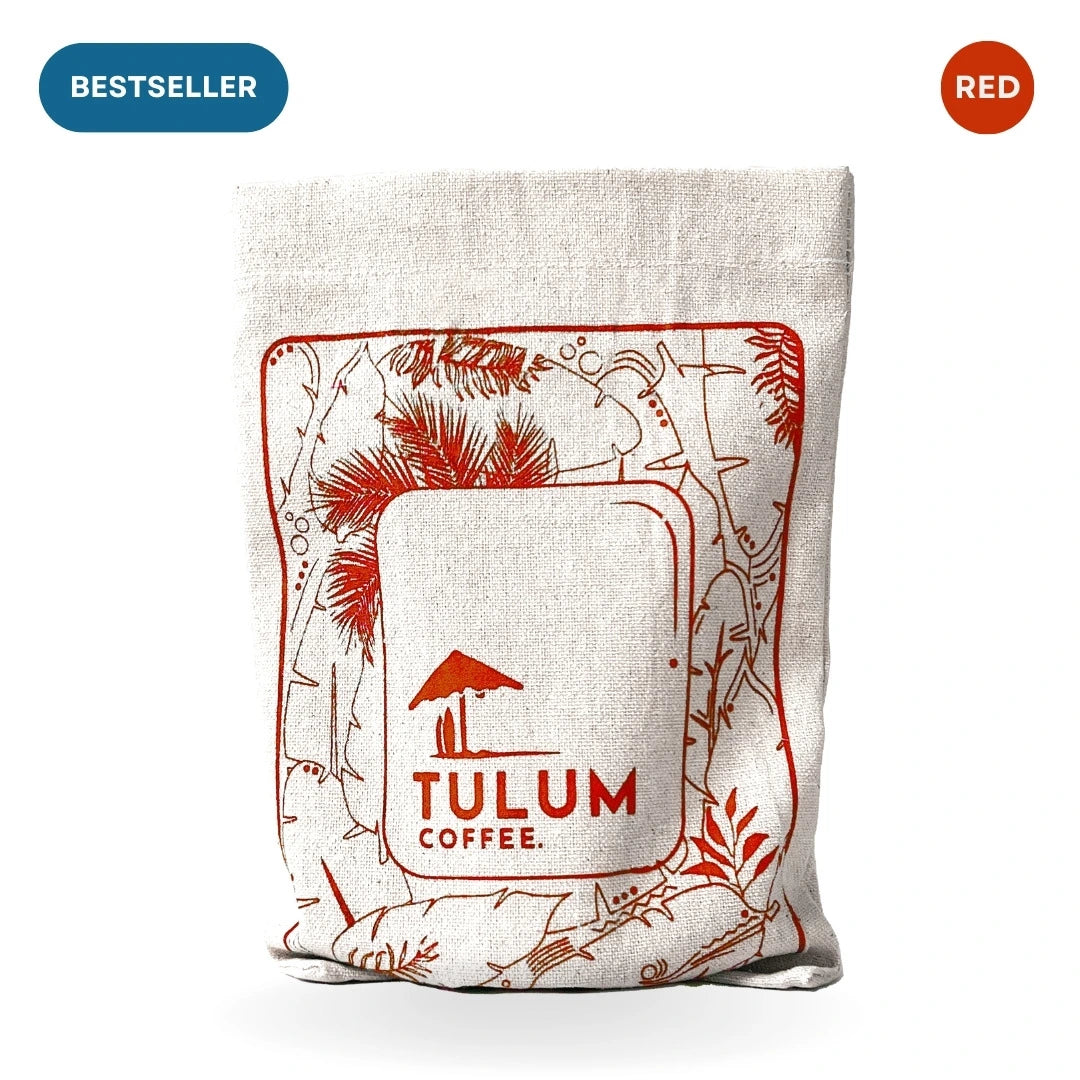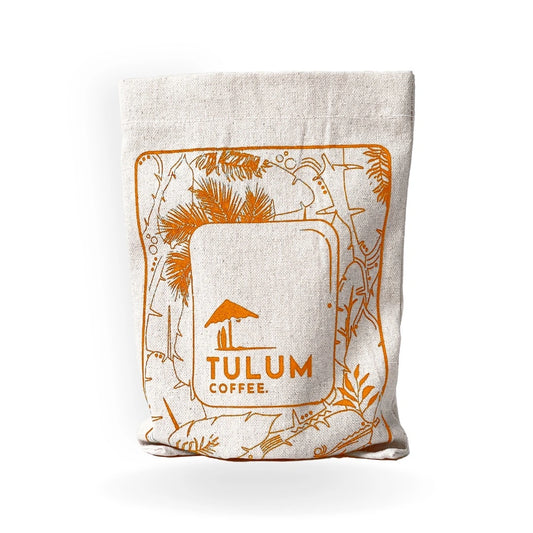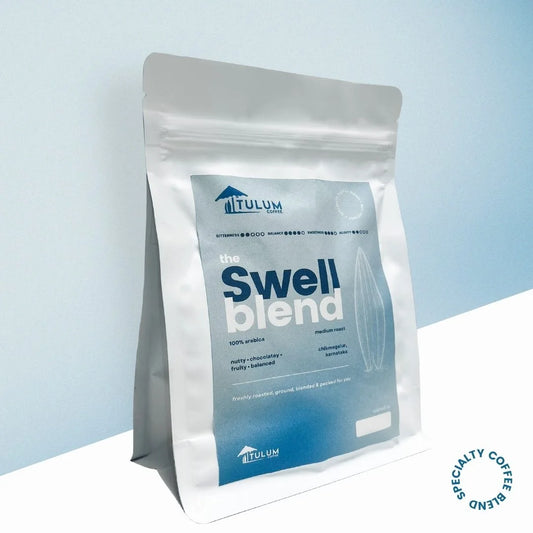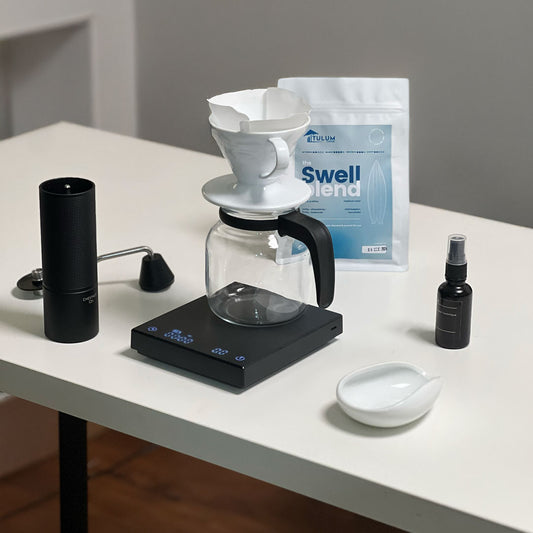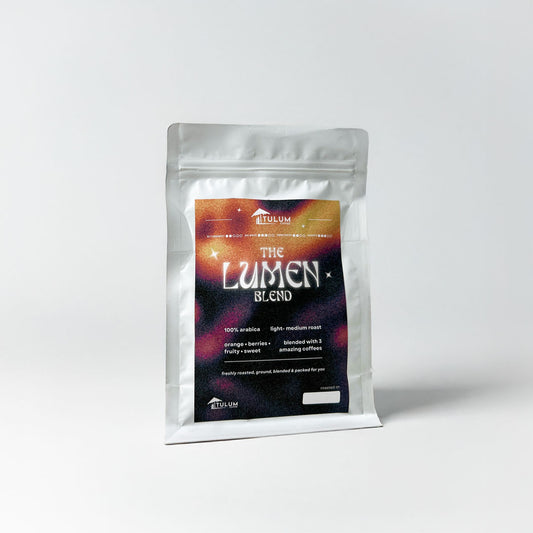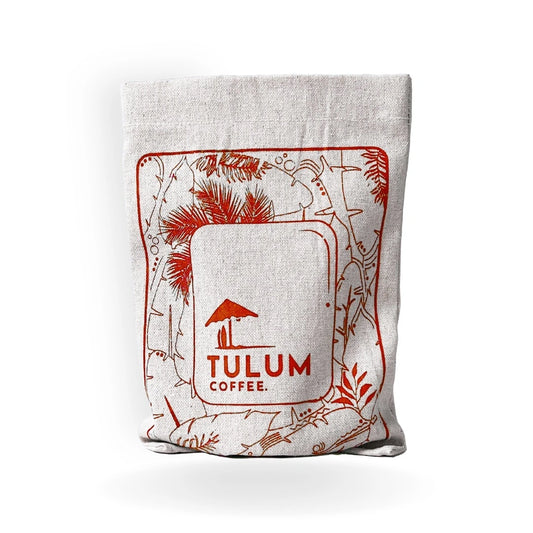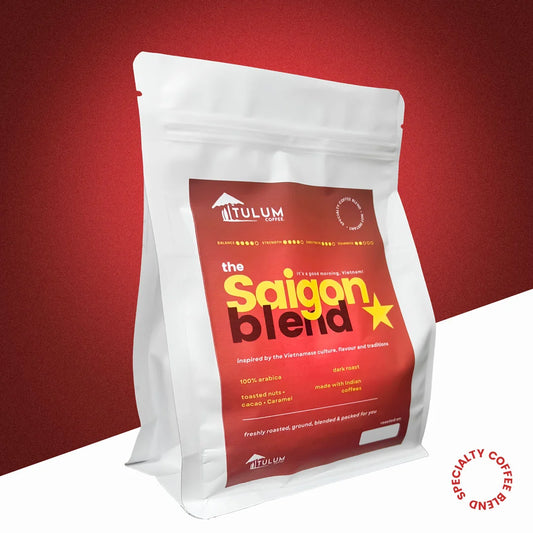There's nothing quite like the rich aroma of freshly brewed coffee to kickstart your day. For coffee enthusiasts, the choice between brewing methods is a crucial decision, and two popular contenders in this quest for the perfect cup are the French Press and the AeroPress. Each method has its own unique features, resulting in distinct coffee profiles. In this comparison, we'll explore the differences between the French Press and the AeroPress to help you find the best fit for your coffee preferences.
French Press: The Classic Coffee Companion
The French Press, also known as a press pot or plunger, has been a staple in coffee lovers' kitchens for decades. This timeless brewing method offers a simple yet effective way to brew coffee. Here's what sets the French Press apart:
-
Classic Design: The French Press has an iconic and classic design with its cylindrical glass or stainless steel body and a plunger with a metal or plastic frame. It's a beautiful addition to any kitchen.
-
Full-Bodied Coffee: The immersion method used by the French Press allows the coffee grounds to steep in hot water, resulting in a rich and full-bodied coffee. This method extracts more oils and sediment, leading to a heavier mouthfeel.
-
Multiple Servings: French Press comes in various sizes, from single-serving models to larger ones suitable for multiple cups of coffee. This makes it an excellent choice for sharing a morning brew with family or friends.
-
No Paper Filters: The French Press doesn't require paper filters, which means less waste and a more eco-friendly brewing method.
-
Steeping Time: The French Press typically has a longer steeping time, usually around four to five minutes. This allows for a thorough extraction of coffee flavors and a bolder cup.
AeroPress: The Modern Coffee Wizard
AeroPress is a more recent addition to the coffee scene, created by Alan Adler in 2005. This innovative device has rapidly gained popularity among coffee aficionados for its portability, versatility, and ability to produce a clean and vibrant cup. Let's dive into the distinct characteristics of the AeroPress:
-
Compact and Portable: The AeroPress's compact and lightweight design makes it a favorite among travelers, campers, and anyone who values a good cup of coffee on the go. Its durability ensures it can withstand outdoor adventures.
-
Speedy Brewing: One of the most outstanding features of the AeroPress is its rapid brew time. It can yield a cup of coffee in a minute or less, making it an excellent choice for those who need a quick caffeine fix.
-
Versatility: The AeroPress is incredibly versatile. It allows for a wide range of brewing methods, offering you the flexibility to experiment with variables such as grind size, water temperature, and steeping time to make your coffee to perfection.
-
Effortless Cleanup: Cleaning the AeroPress is a breeze. A simple plunge and a quick rinse, and it's ready for your next cup. The use of disposable paper filters means no messy coffee grounds to deal with.
-
Pressure-Based Extraction: Unlike the French Press, the AeroPress utilizes air pressure to extract flavors from the coffee grounds. This often results in a cleaner and brighter cup of coffee, with less sediment and a more pronounced acidity.
Brewing Process: French Press vs. AeroPress
To fully understand the differences between these two brewing methods, it's essential to explore how each device extracts flavors from the coffee grounds:
-
French Press Brewing Process:
- Coarsely grind your coffee beans.
- Add the coffee grounds to the empty French Press.
- Heat water to the desired temperature (typically around 200°F or 93°C) and pour it over the coffee grounds.
- Place the lid on the French Press with the plunger pulled all the way up to create an immersion brew.
- Let the coffee steep for about four to five minutes.
- Slowly press down the plunger to separate the grounds from the liquid, leaving you with a full-bodied cup of coffee.
-
AeroPress Brewing Process:
- Begin by placing a paper filter in the AeroPress cap and attaching it to the chamber.
- Add your desired amount of coffee grounds to the AeroPress. The grind size can vary depending on your preference.
- Pour hot water into the chamber, ensuring it covers the grounds. Stir gently to saturate the coffee.
- Attach the plunger and let the coffee steep for the desired time, typically 30 seconds to a minute.
- Press the plunger down slowly, using air pressure to extract the coffee into your cup. The paper filter traps the coffee grounds, resulting in a clean cup.
Flavor Profiles: French Press vs. AeroPress
The taste profiles of the coffee produced by the French Press and the AeroPress differ significantly, making it a matter of personal preference. Here's a breakdown of the flavor characteristics of each method:
French Press Coffee:
- Full-bodied and bold: The French Press excels at extracting bold, rich flavors, making it a favorite for those who love a heavier mouthfeel and full-bodied coffee.
- Sediment: Since the French Press doesn't use a paper filter, it allows more fine coffee grounds and oils to remain in the brew, creating a thicker texture and a more rustic experience.
- Less bright: The absence of a paper filter means that some of the brighter and more acidic notes in the coffee may not shine through as much.
AeroPress Coffee:
- Bright and clean: The AeroPress tends to produce a coffee with bright, vibrant flavors. The paper filter removes fine sediment and oils, resulting in a cleaner cup.
- Customizable: You can experiment with various variables like grind size, water temperature, and steeping time to fine-tune the flavor to your liking.
- Less sediment: The use of a paper filter significantly reduces sediment, leading to a smoother mouthfeel.
Portability and Convenience
When it comes to portability and convenience, the AeroPress takes the lead. Its compact size, lightweight build, and quick brewing time make it ideal for travelers, campers, and those who require a caffeine fix on the move. Here's why the AeroPress stands out in this department:
Compact Design: The AeroPress is designed to easily fit into a travel bag or backpack, making it perfect for those who need their coffee to go.
Quick Brew Time: The AeroPress's speedy brewing process is a significant advantage for busy individuals or those who value convenience. It can deliver a high-quality cup of coffee in just a minute or two.
Effortless Cleanup: After brewing, cleaning the AeroPress is a breeze. A quick rinse and you're done, making it an ideal choice for those who need a low-maintenance coffee-making method.
On the other hand, the French Press is better suited for those who prefer a more leisurely coffee experience, either at home or in a workplace with more extended coffee breaks. It's not as portable or quick as the AeroPress, which makes it less practical for some situations.
Environmental Considerations
In today's world of sustainability and eco-consciousness, the impact of your brewing method on the environment is a significant consideration. Here's how the French Press and AeroPress compare in terms of environmental factors:
French Press:
- No need for disposable paper filters, reducing waste.
- Stainless steel French Press models are durable and long-lasting, reducing the need for replacements.
AeroPress:
- Uses disposable paper filters, which create some waste.
- However, the AeroPress itself is highly durable and can last for years, reducing the need for frequent replacements.
The choice between these two methods will ultimately depend on your personal coffee preferences, lifestyle, and environmental concerns.
Conclusion: French Press vs. AeroPress
In the ongoing debate of French Press vs. AeroPress, both methods have their unique strengths and characteristics. The French Press offers a classic, full-bodied, and bold coffee experience, while the AeroPress provides a clean and bright cup with the added benefits of portability and quick brewing.
To make your choice, consider the following factors:
-
If you value a classic design, full-bodied coffee, and a slower coffee ritual, the French Press may be your ideal companion.
-
If you prefer a quick, clean, and customizable brewing process, along with the convenience of portability, the AeroPress might be your go-to coffee maker.
Ultimately, both the French Press and AeroPress have their place in the world of coffee, offering delightful cups of coffee that cater to different tastes and lifestyles. It's a win-win for coffee lovers as they can enjoy the best of both worlds with these two remarkable brewing methods. So, brew away and savor your coffee journey with your chosen method, whether it's a French Press or an AeroPress.
